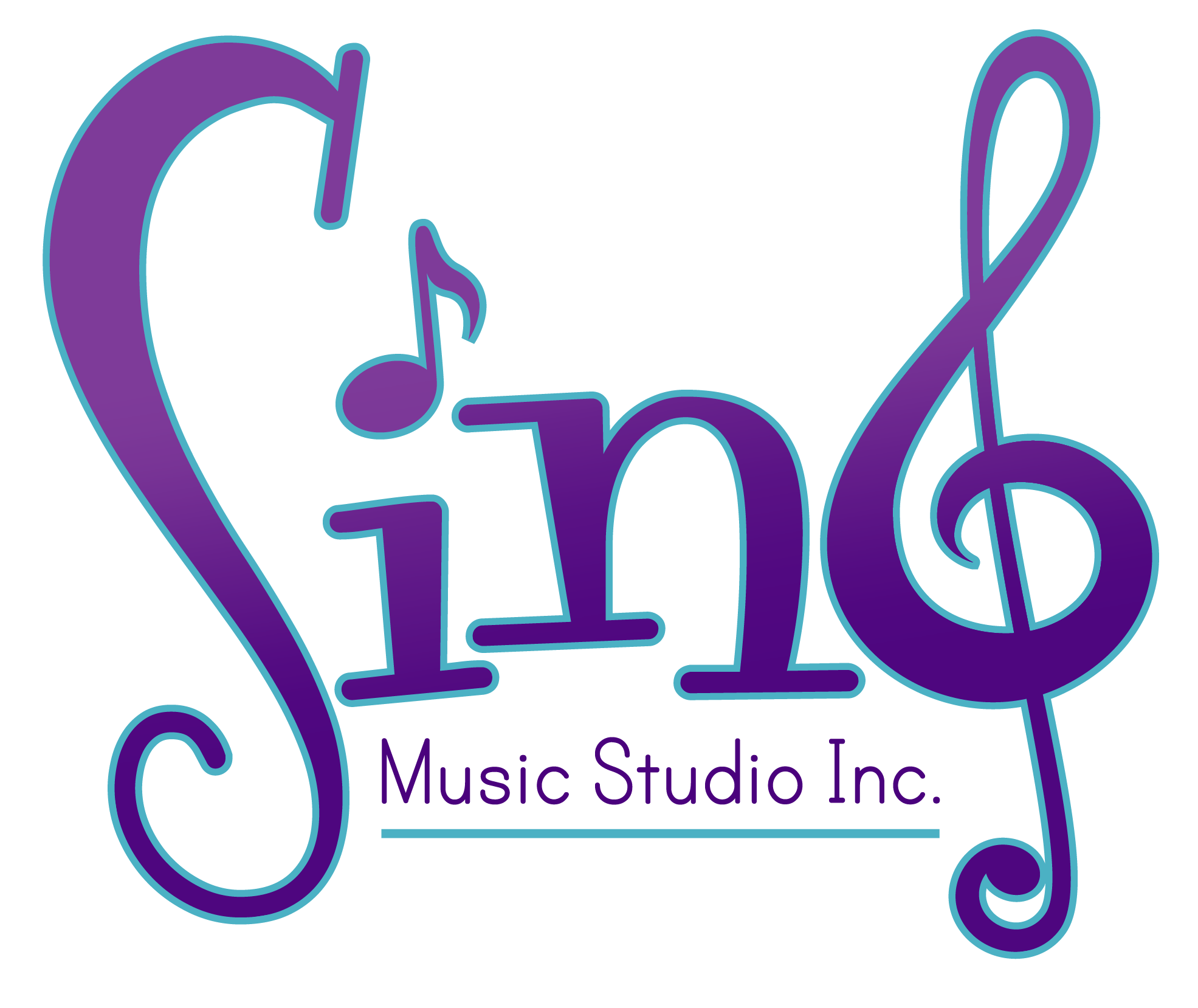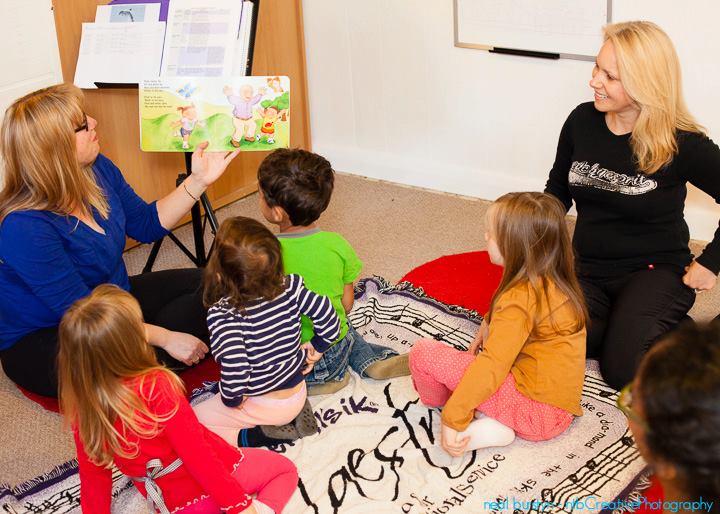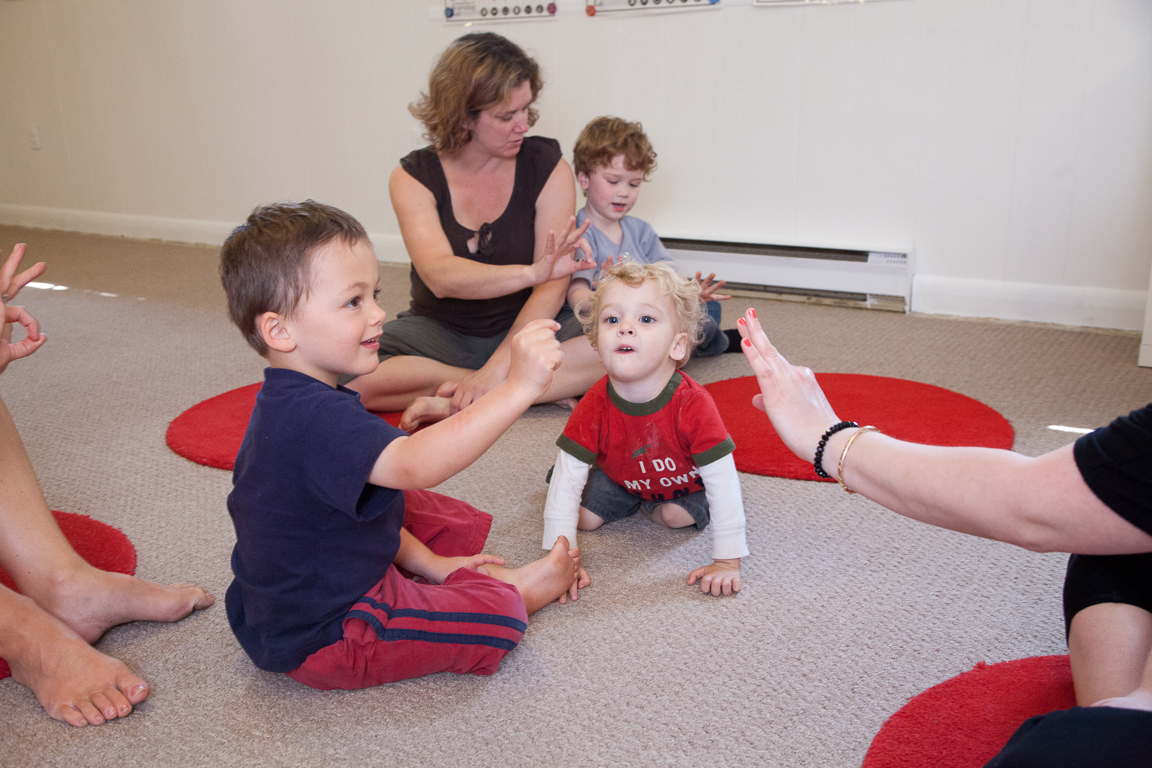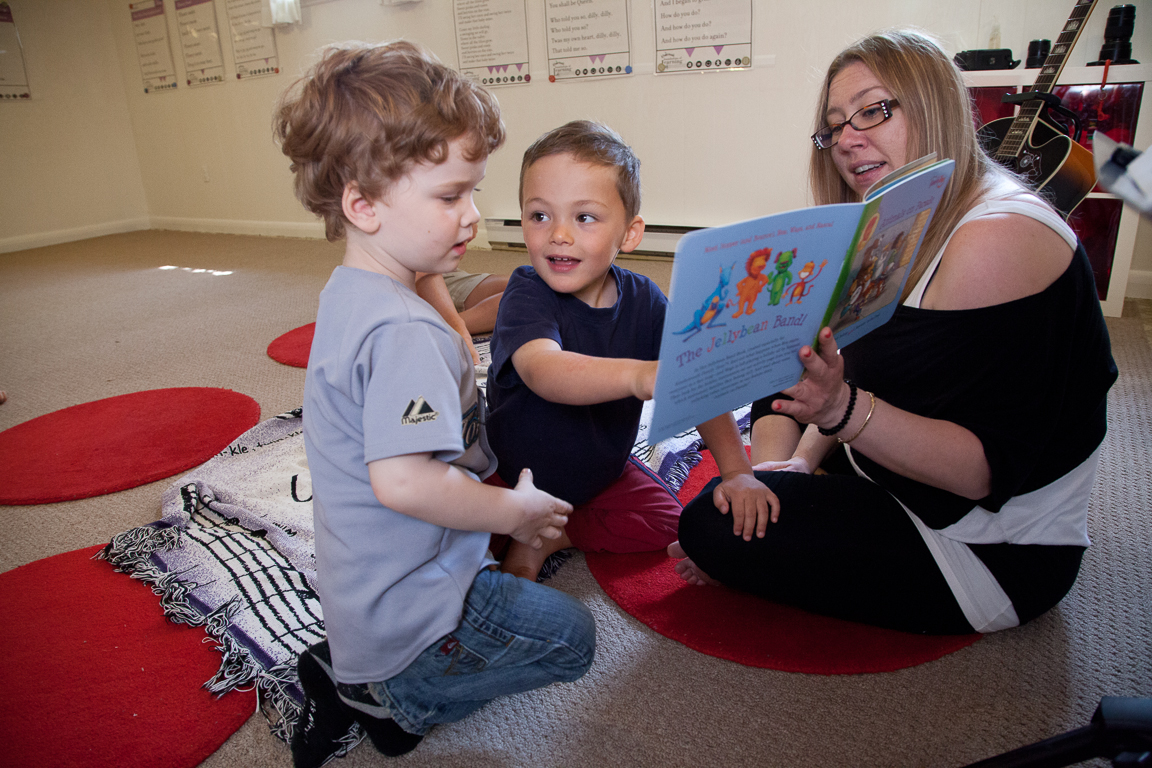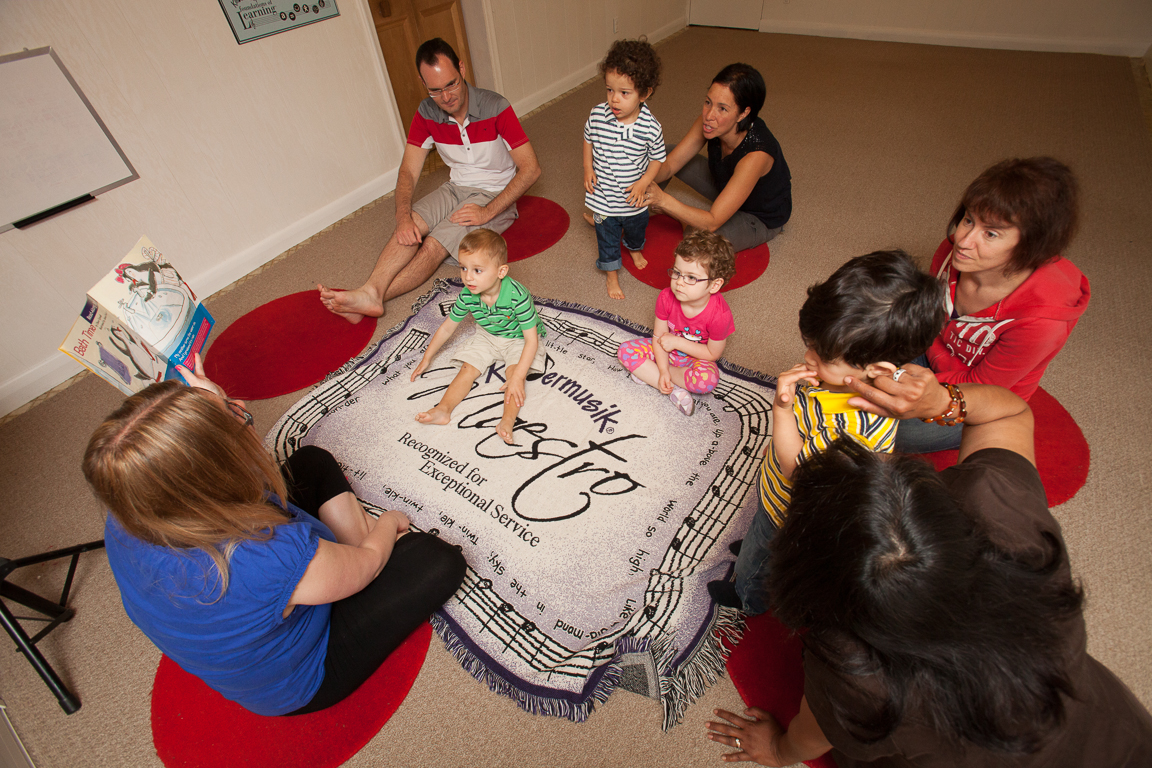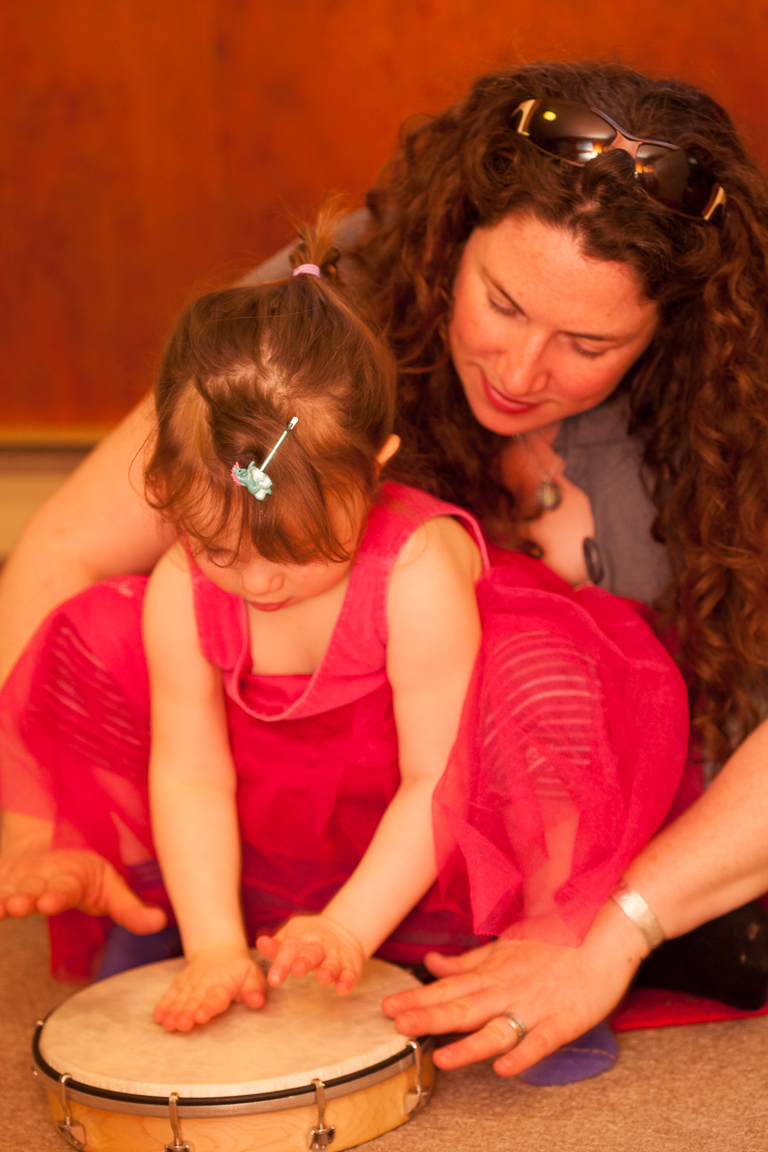Spotlight on Wiggle & Grow for Toddlers: Beach Days (July Unit)
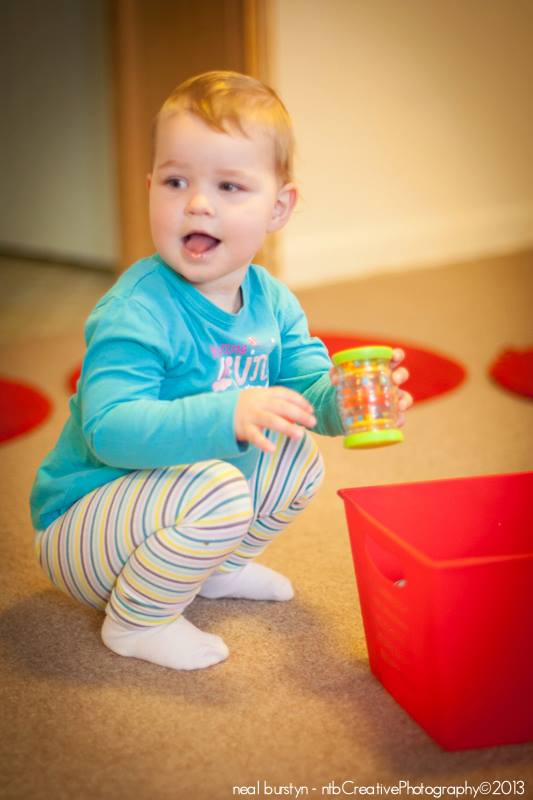
During childbirth, women in the last part of labor—called the Transition period—may feel exhausted, frustrated, impatient, and overwhelmed. In the movies, this is where the actress with perfectly applied makeup and red-carpet-worthy hair yells, “Get this baby out!” Thankfully, in reality, the mind tends to forget the intensity—and pain—of the transition period. However, parents of toddlers might experience similar feelings of exhaustion, frustration, and impatience during other “transition” moments with their child—like leaving the playground, putting away toys, or even starting the bedtime routine.
At Kindermusik, we know that toddlers can struggle with transitioning from one activity to another as they also experience rapid—and turbulent—emotional development. Helping your child navigate those feelings and learn how to move on to something else can ease the daily struggles between you and your little one. In class each week, we use musical cues to help children move from a big, blue boat to listening to a story to playing with sand blocks. All of these experiences give your child practice in bringing one thing to a close and beginning something new. Plus, the community of other parents and caregivers gives you the perfect place to share your own labor transition pains and successes!
Everyday Connection: Instruments Away. Sing the “Instruments Away” song from class and change the words to fit the situation. “Playground Away” can help your toddler make a smoother transition from the playground to the car seat.
